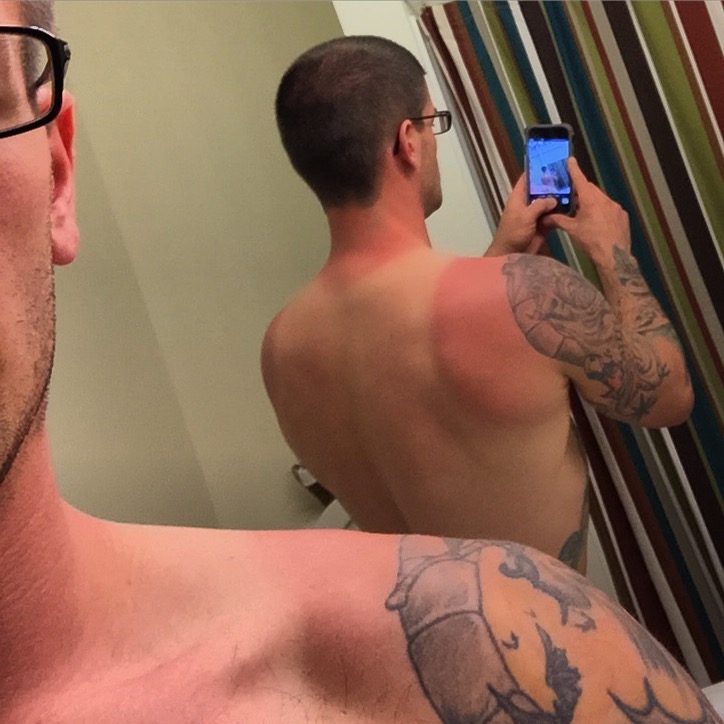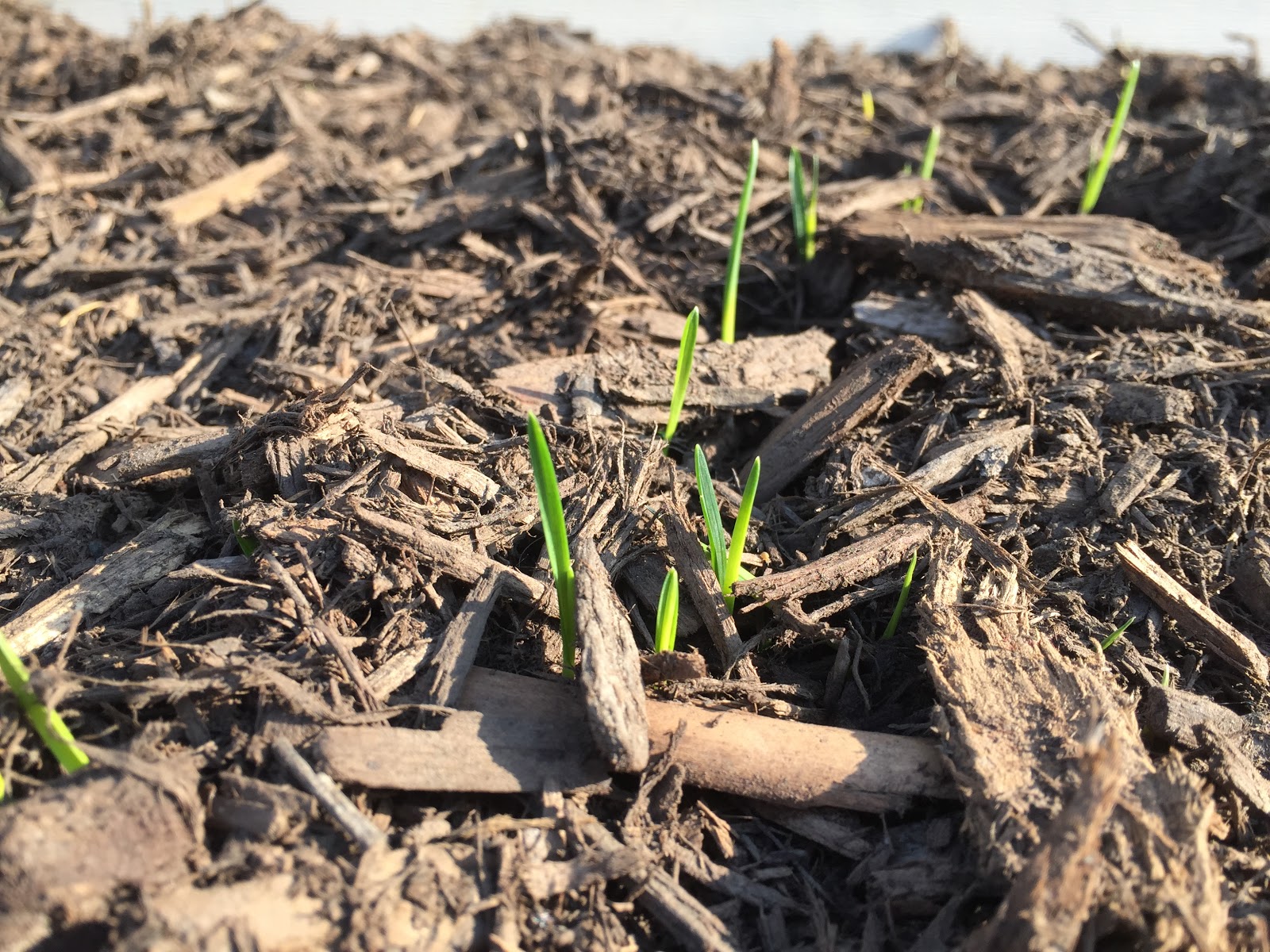The weather has been sunny and warm, so I'm getting a head start on my Spring landscaping projects. I want to add a huge backyard bed that will be my main full sun South-facing bed. I want to try to do it right, instead of just adding plants to the thick clay soil, I'm trying to amend the clay soil to make it a more friendly home to my future plants.
The reason I'm doing this so early is because I want to give my soil mix some time to basically decompose to create some nice soft humus or at least something softer than a clay slab. It's going to be sort of a compost pile for a month until I really get planting in April.
The clay is so thick and chunky, it forms huge ribbons and solid clay balls - I swear I could throw a vase with this stuff.
Conceptually I'm approaching it by trying to sort of marble the clay with organics - like how a steak is marbled with fat - my soil will be chunks of clay marbled with nice soft soil.
 |
| Before and after photo of my new backyard bed - my main south facing planter! |
I was reading up on how to amend my clay soil, some sites
recommend a variety of solutions, others suggest
equal parts coarse sand and coarse organic matter (and in large quantities). I also found this
extremely detailed article, and
another pertaining to Indiana specifically.
I decided to buy 3 bags of peat moss, 4 bags of topsoil, and a large bag of hardwood mulch. This was my approach:
- Rip up the sod layer
- Chop up the underlying clay slab or at least make some deep cuts
- Dust the clay with a thin layer of peat moss to get it marbled into the cracks
- Add the sod back on top face down
- Another layer of peat moss
- A layer of topsoil
- And finish with a dusting of hardwood mulch
- Water the whole thing and let it settle and decompose for a month
After my chopping and upside down sodding, I had a lot of air pockets in the bed, and the bed was significantly raised - which is fine! I'm hoping the whole thing will settle together, and I expect it to sink a little bit over the next month.
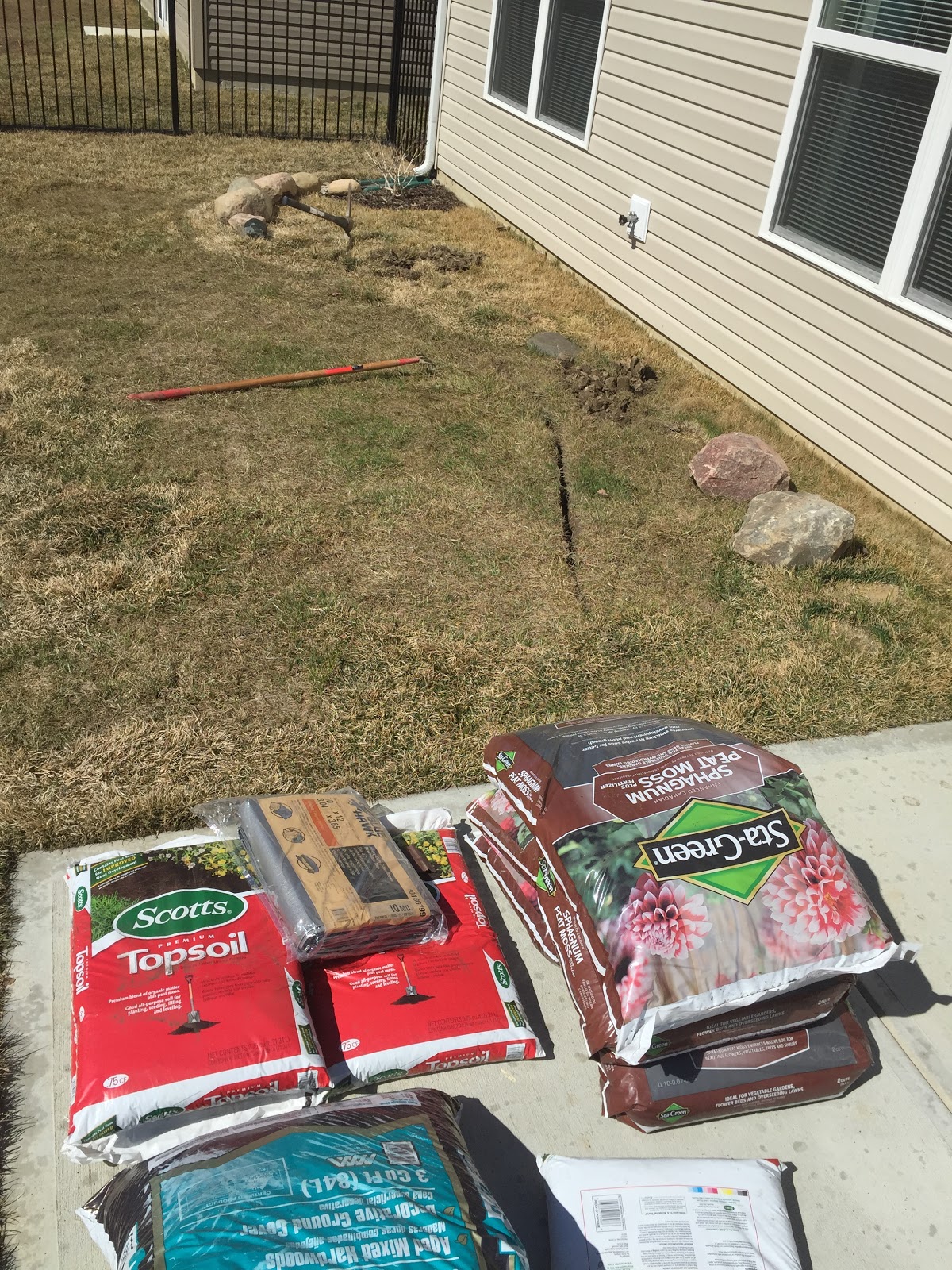 |
| Some of my topsoil from Lowe's was still frozen, but it had plenty of time to thaw in the sun while I ripped up sod. I got a new tarp to put the sod pieces on so I could add them again later face down. |
Concerning the rocks, I had quite a few to pick from, and decided to add a few to compliment my lower bed - but I wanted to cool it a bit with the rocks.
I got a little rock happy, and I don't want my yard to look like a rock hoarder lives here.
 |
| Chunky sod face down with a dusting of peat moss, still a little more sod to add |
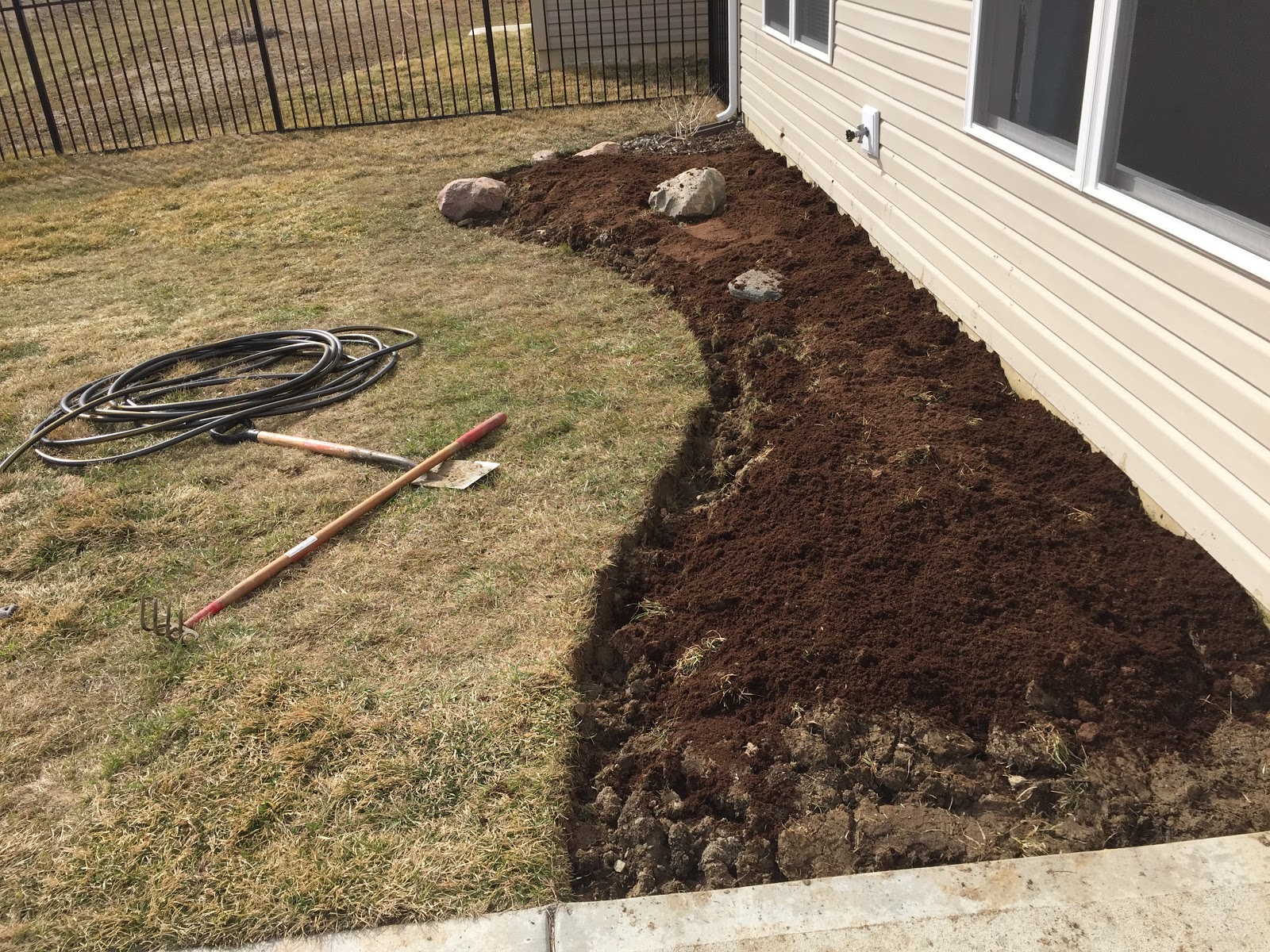 |
| More peat moss, Chris said he likes the dark brown color because it matches our couch pillows :) |
 |
| My rock placement in the back bed, with one at the edge as a hose guard for when I water the side yard. I only ended up using my very favorites rocks and now I am hesitating to throw the rest out in case I need them for something later. |
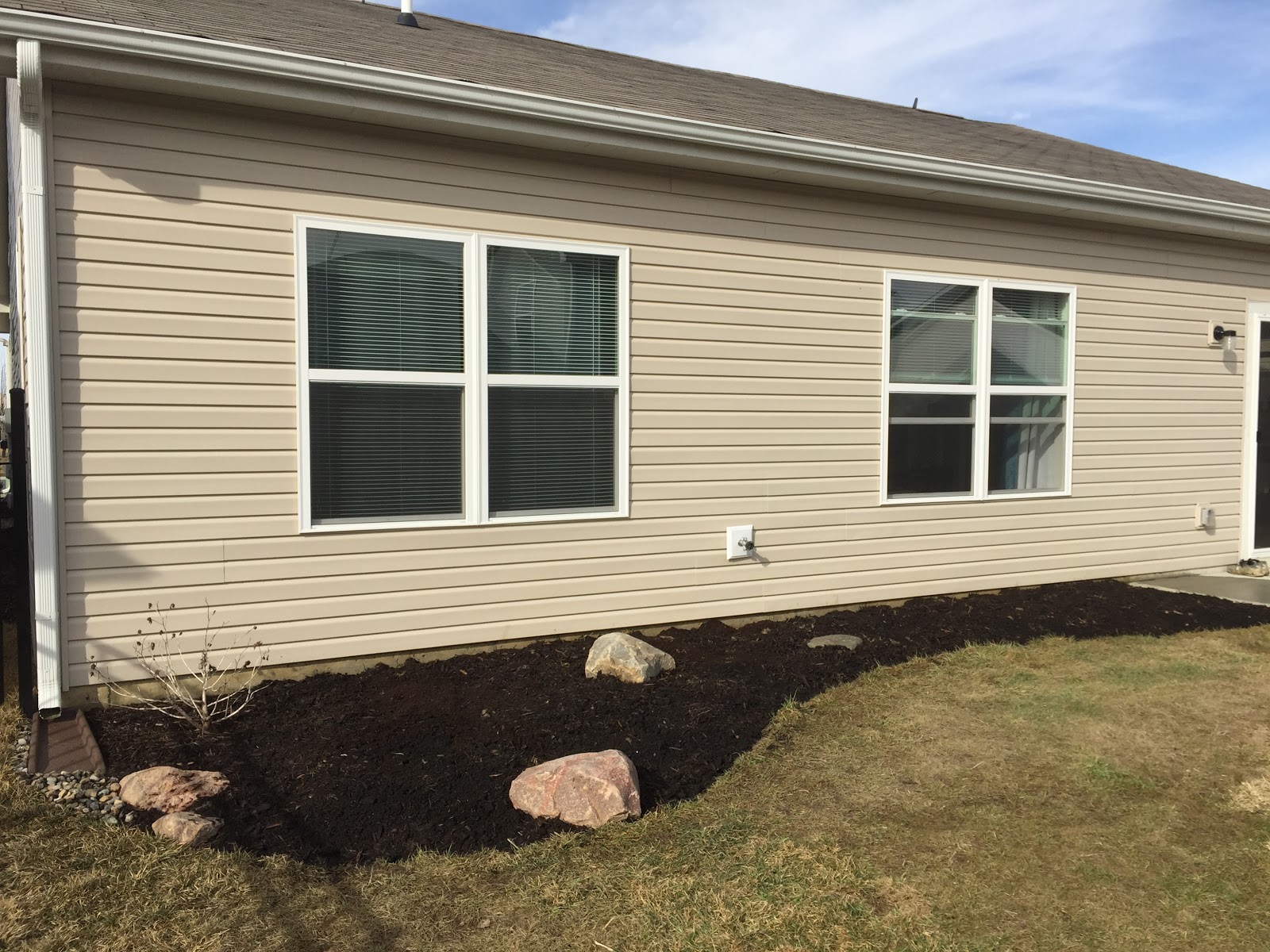 |
| The curve comes out about 7 feet at the rain spout, goes in to about 3 feet at the spigot, and goes back to 5 feet out next to the porch. |
All said and done the project took me about 5 hours. I was encouraged to see quite a few worms below the sod layer, which means they're strong enough to break through the clay. I hope the upside down sod dies quickly and begins to decompose in the next month so I can plant on top of it!
I didn't think it was possible, but through thin clouds I was able to get a nice sunburn... in Indiana... in March. Also, my soft baby hands have had it easy all winter and weren't ready for yard work, I got 2 nasty blisters, one on each hand.
Overall I'm very pleased with the shape of my backyard bed, and I can't wait to begin adding plants to fill it out. My plan is to be sensible (as sensible as possible) and add things a few at a time to hopefully cut back on the number of times I move things around.
Update 4/18/2015: Turning the sod upside down and covering it with mulch
is not enough to kill the grass. This stuff is tenacious! It's sending up long tubers to scout out the surface and then grows quickly after the rain. I should have used Round-Up over the whole area first, because now I'm left trying to pull shoots and spray spot treatments of grass killer in between my new plants.
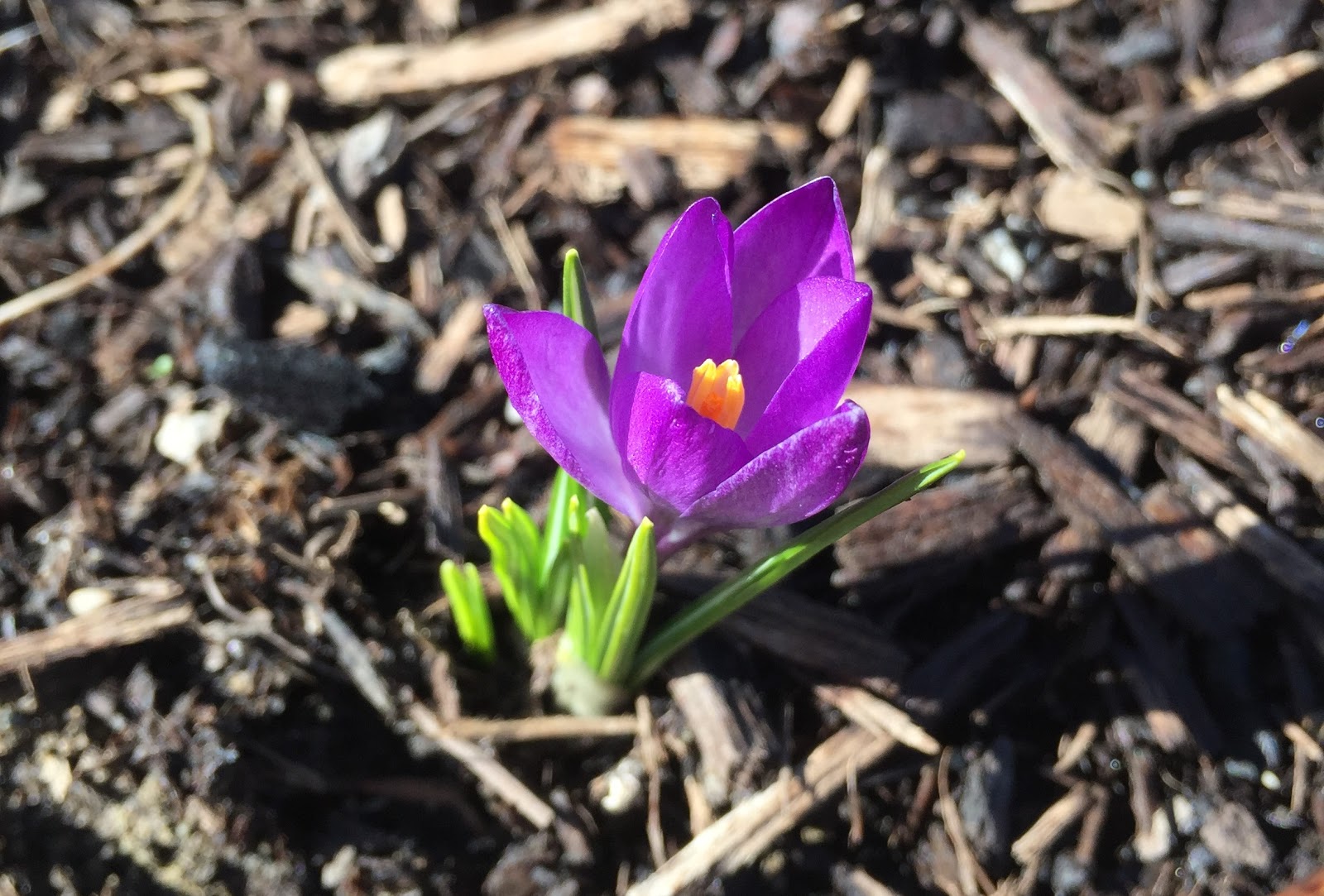
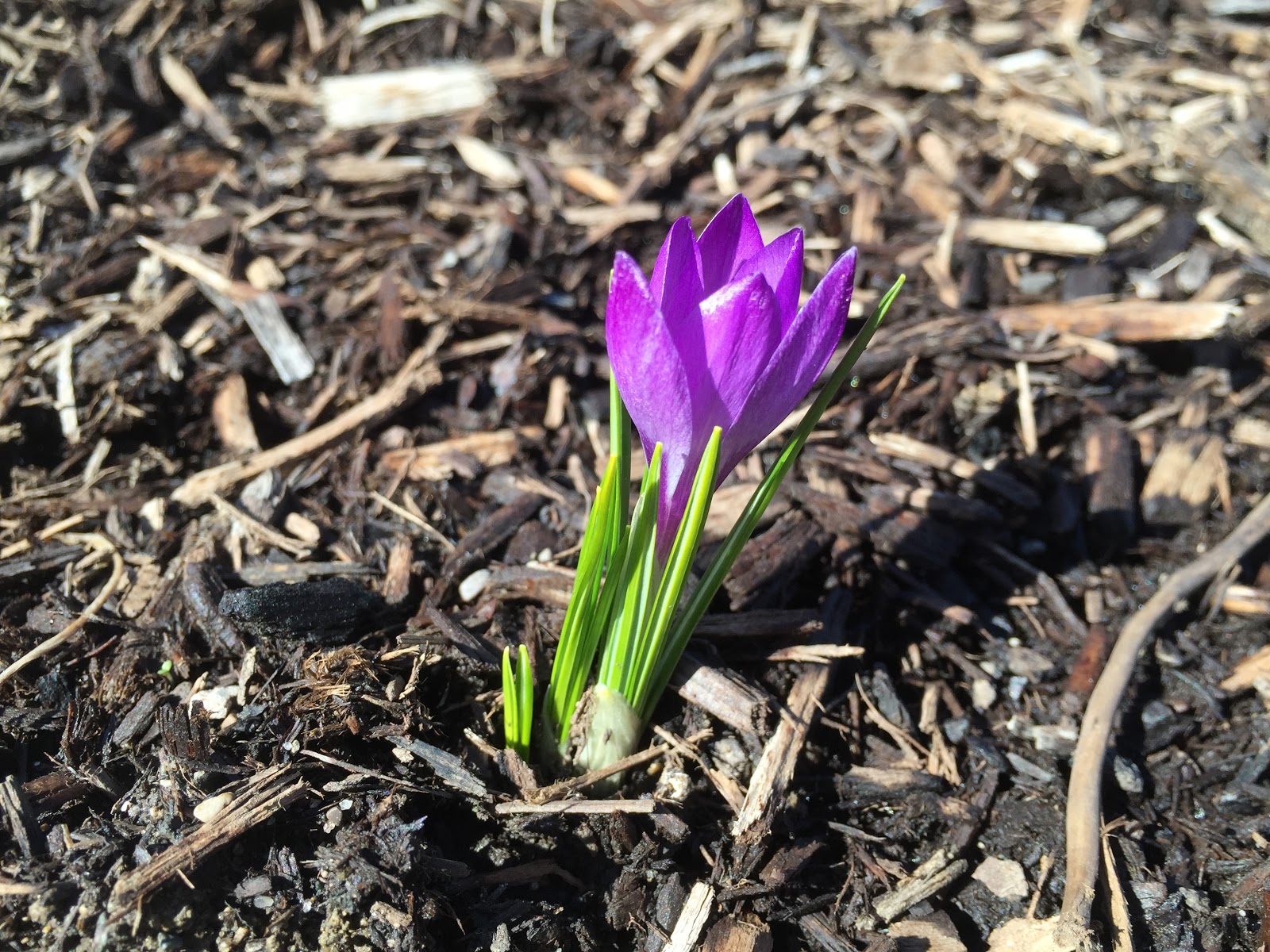


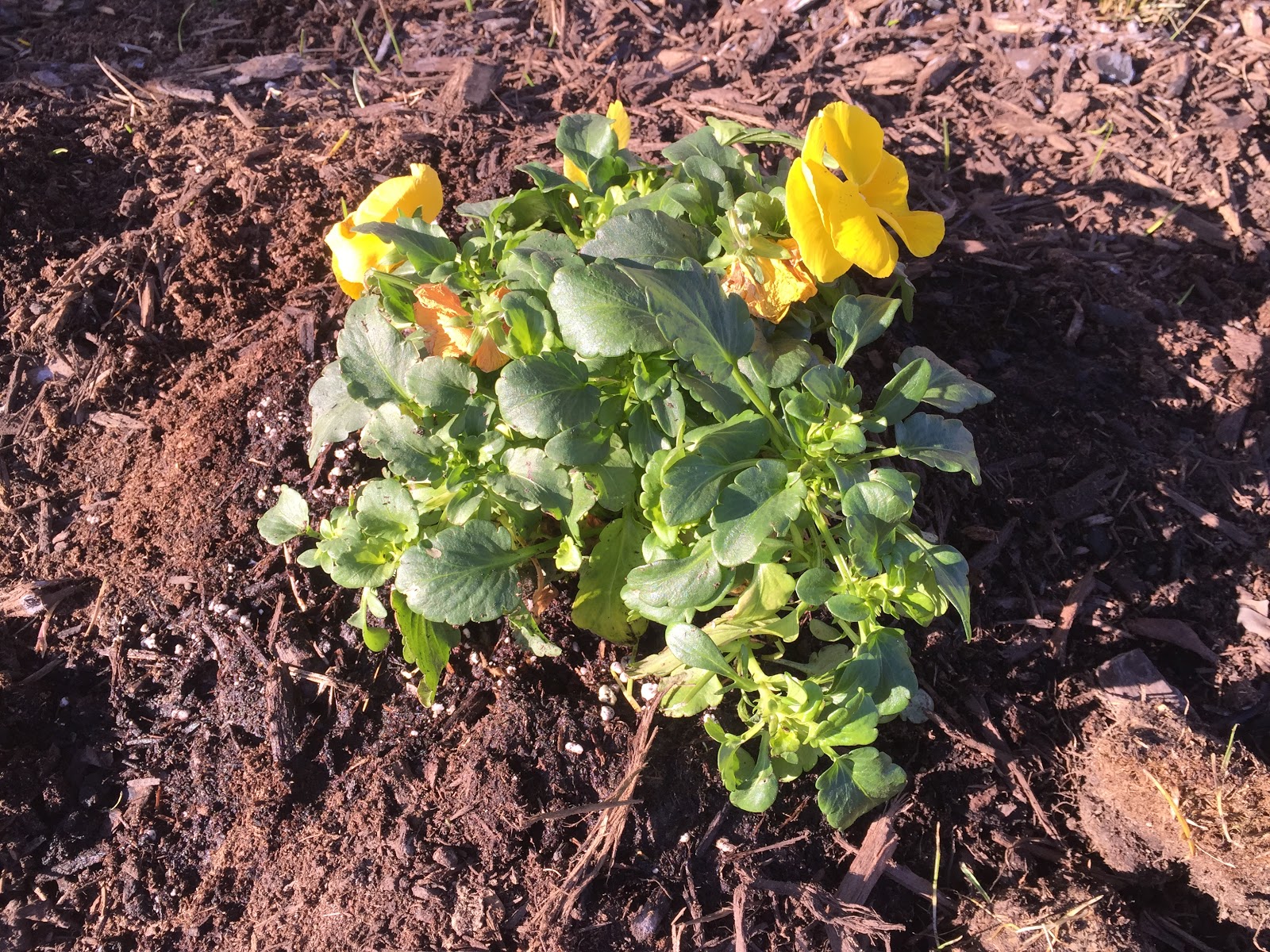
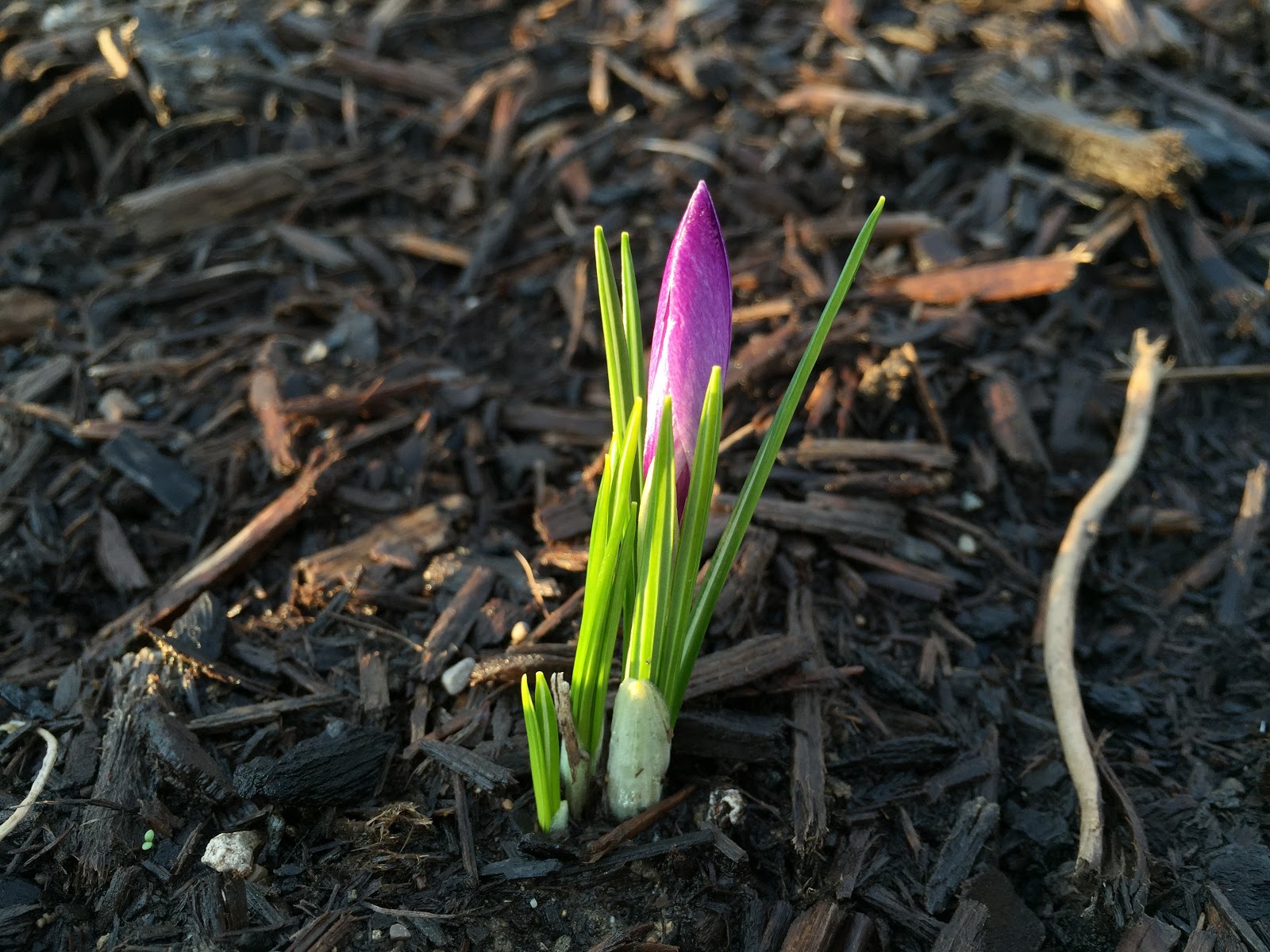


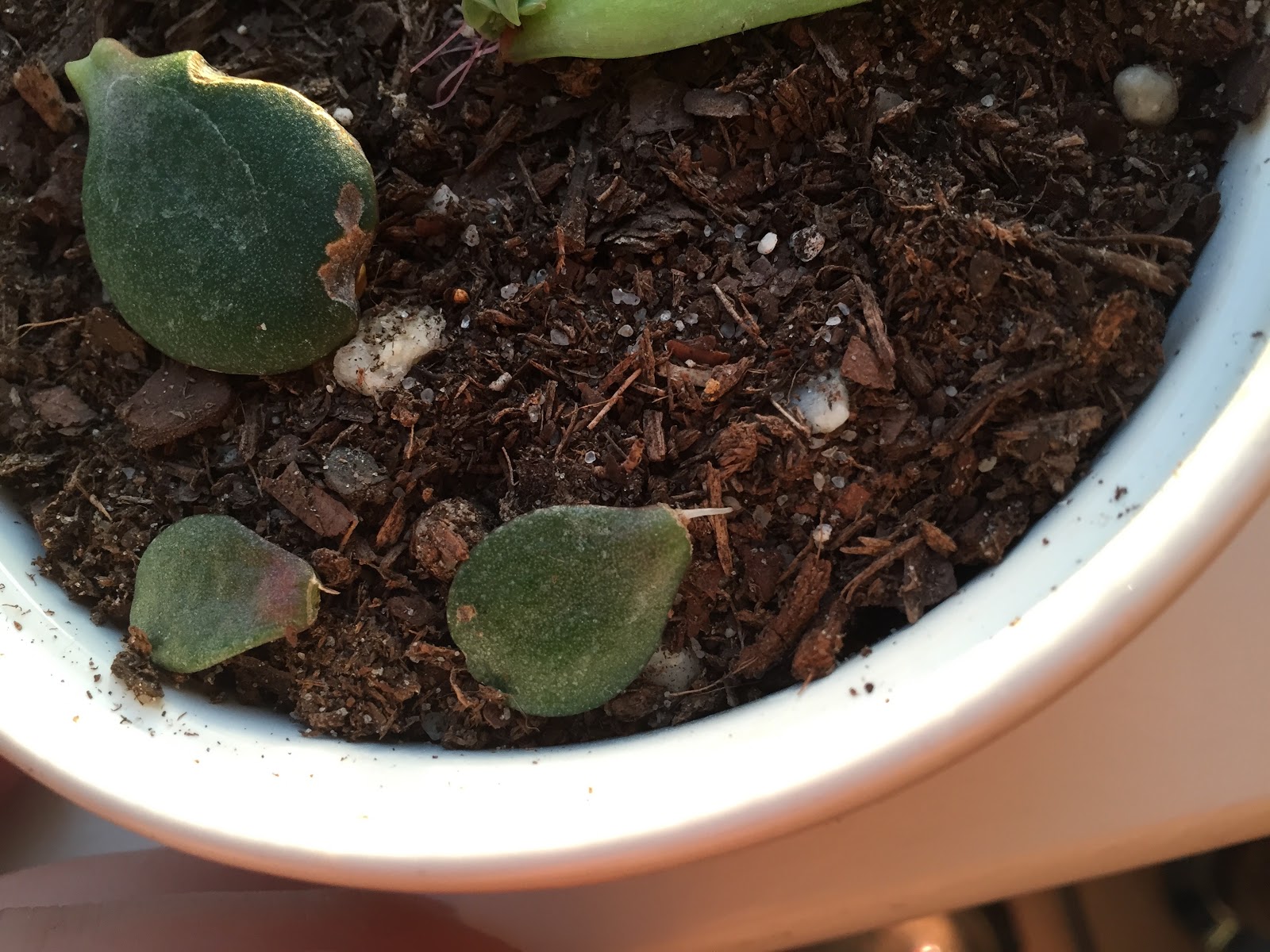
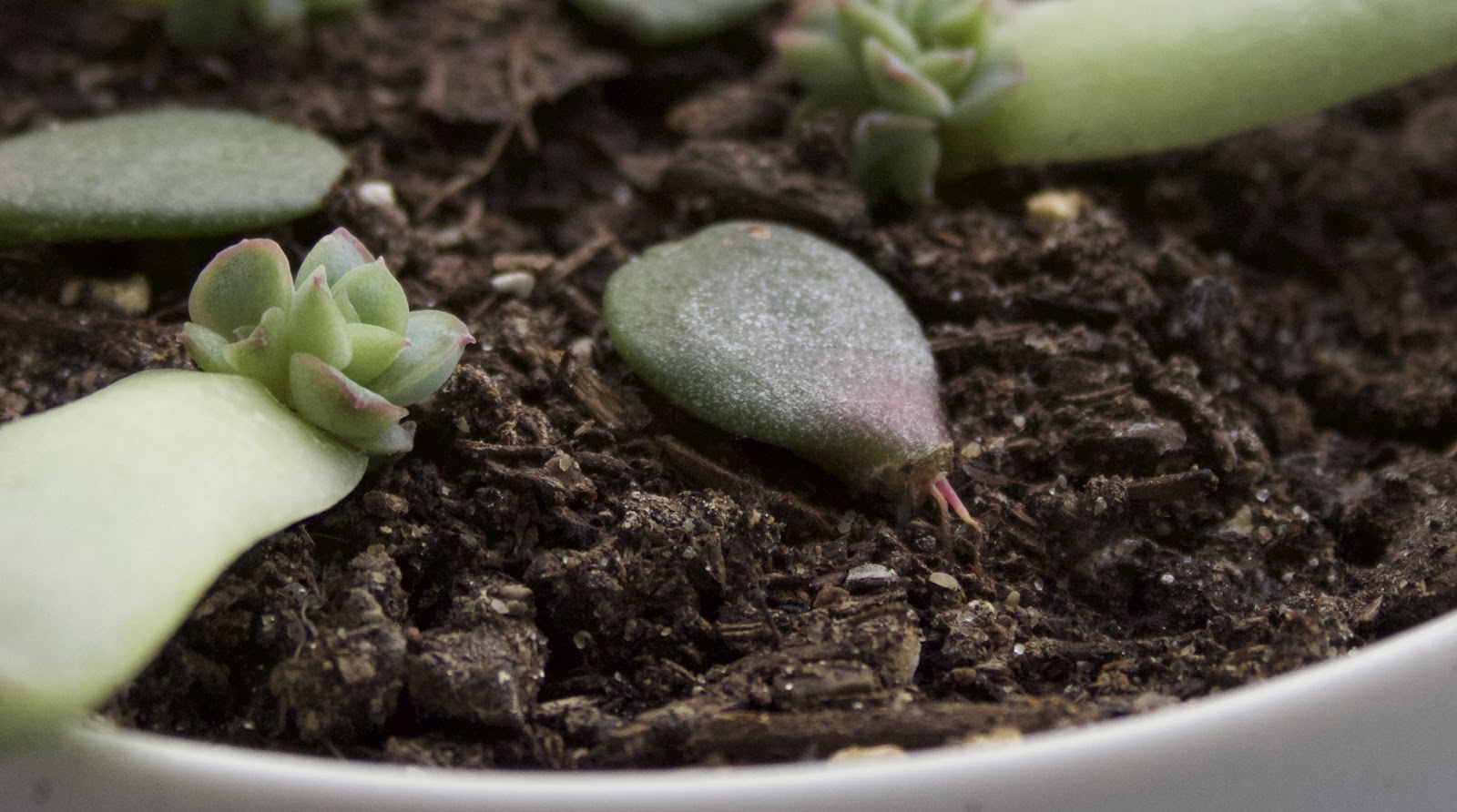


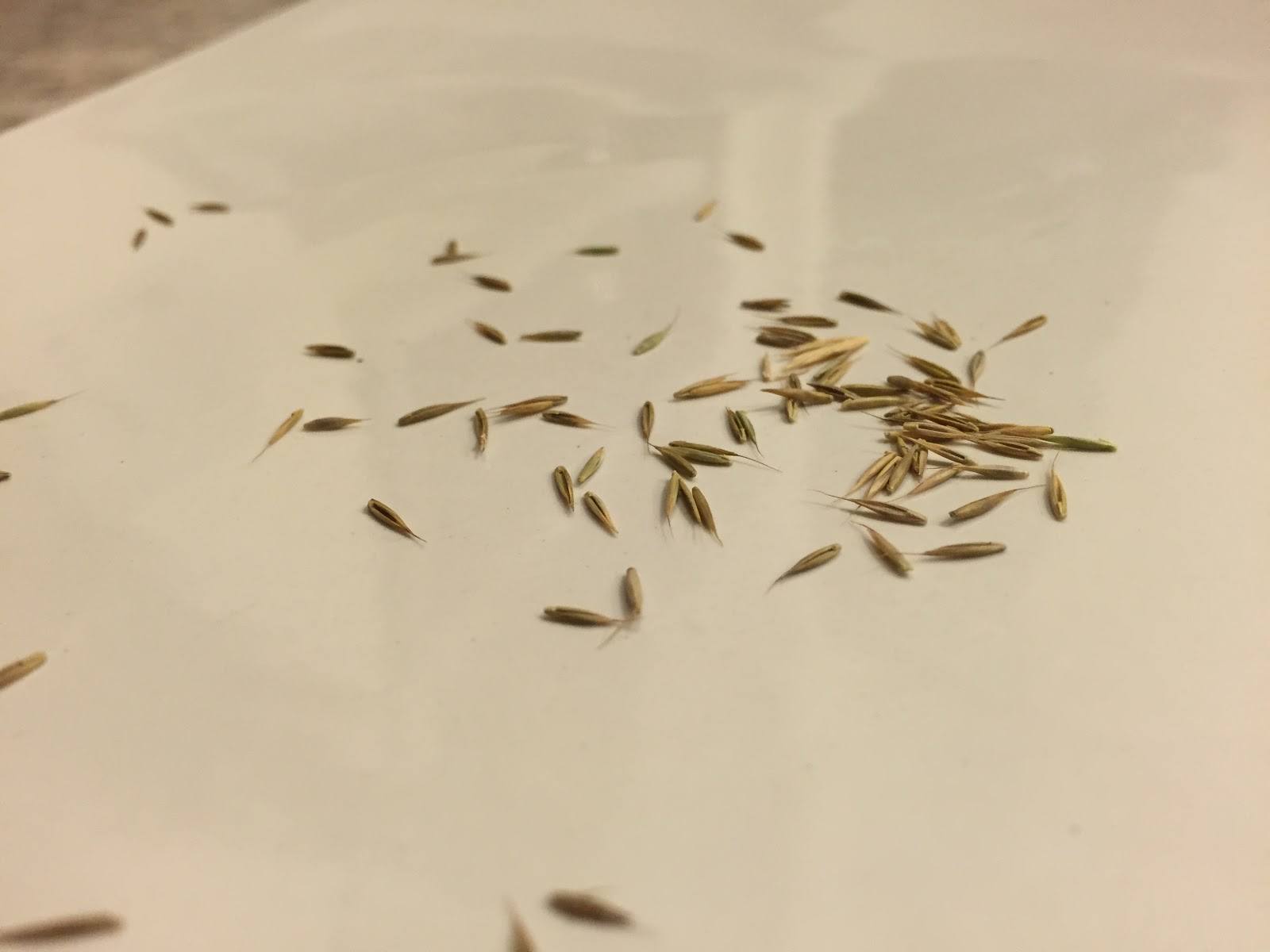
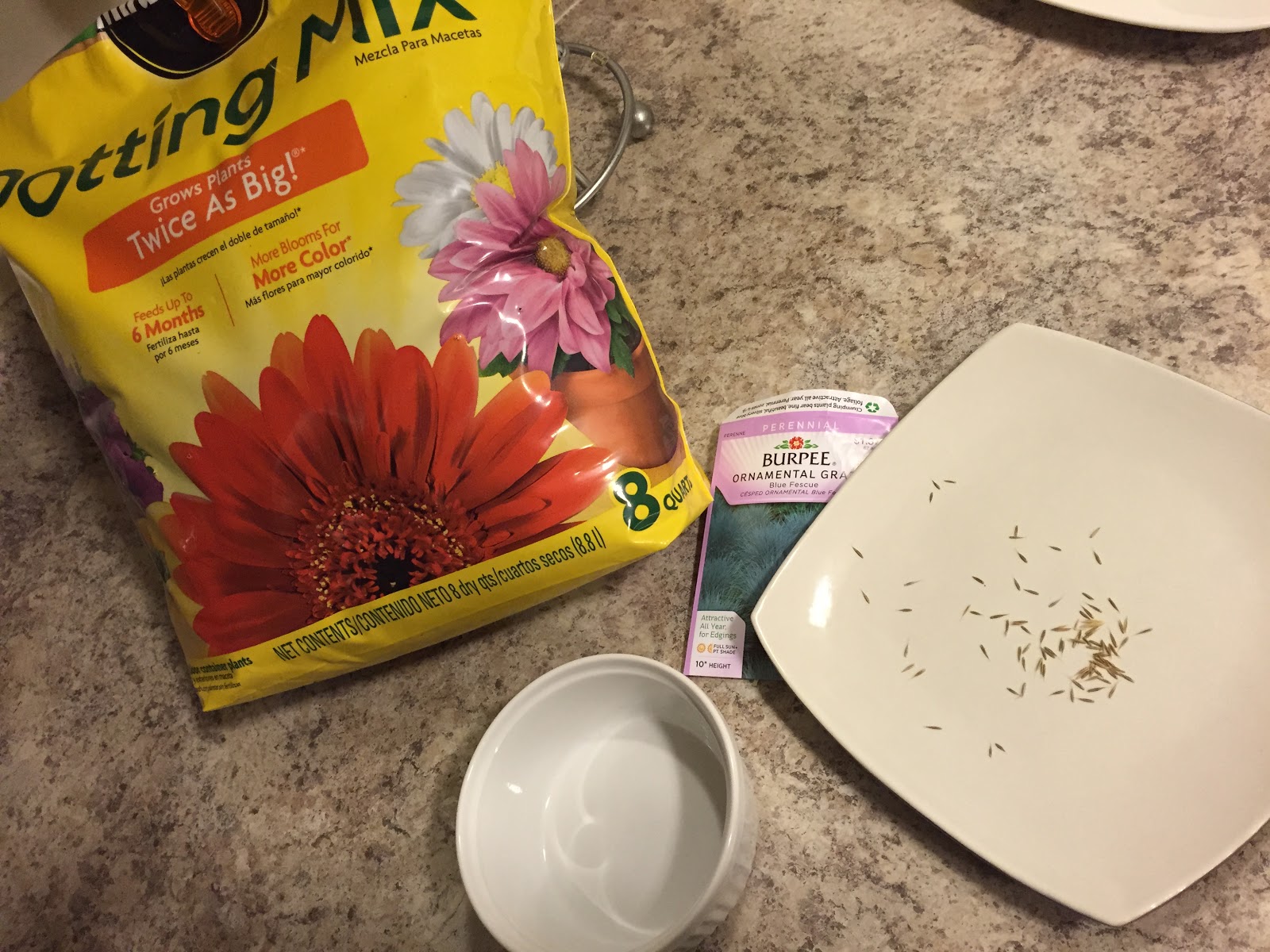


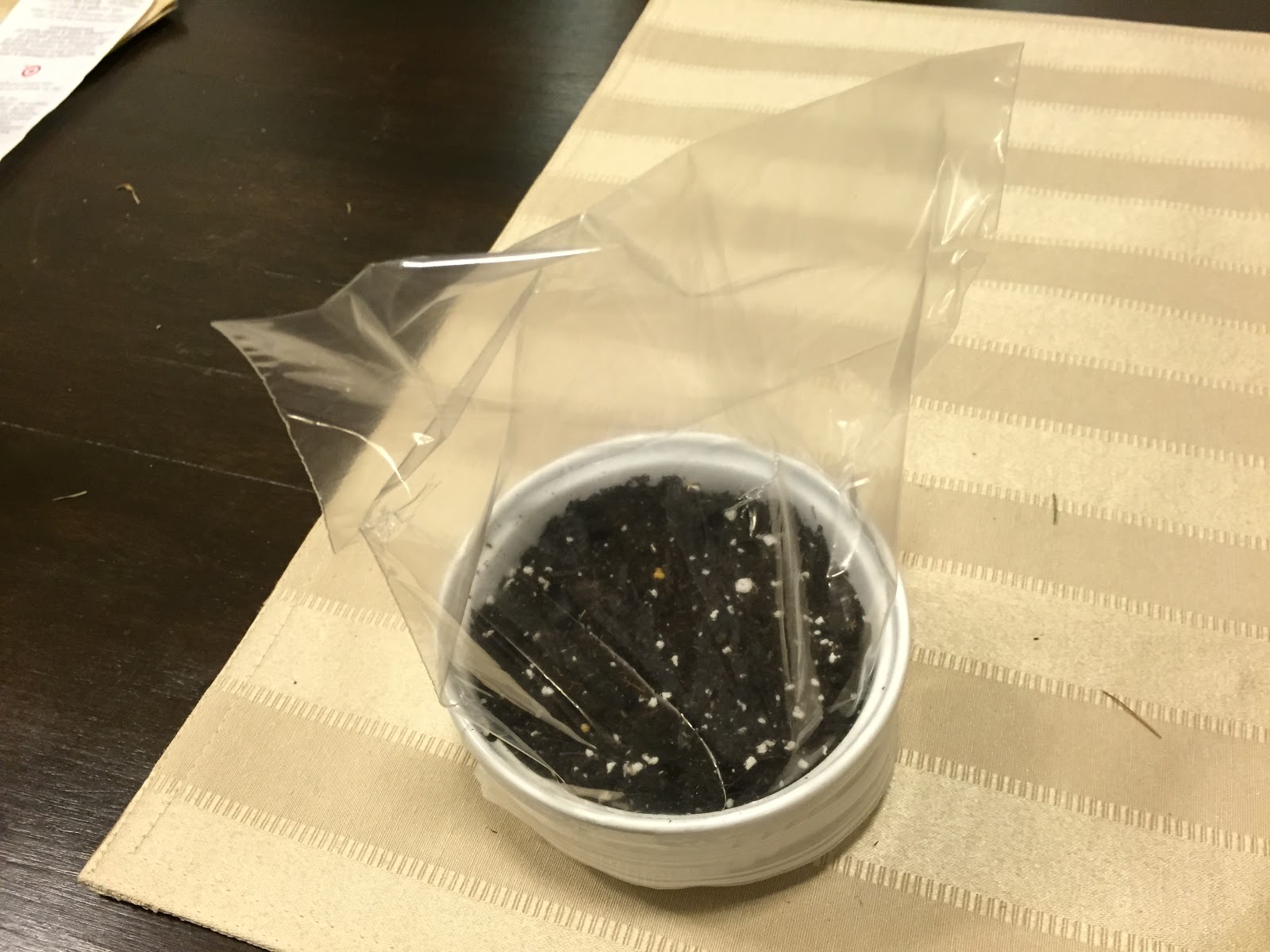

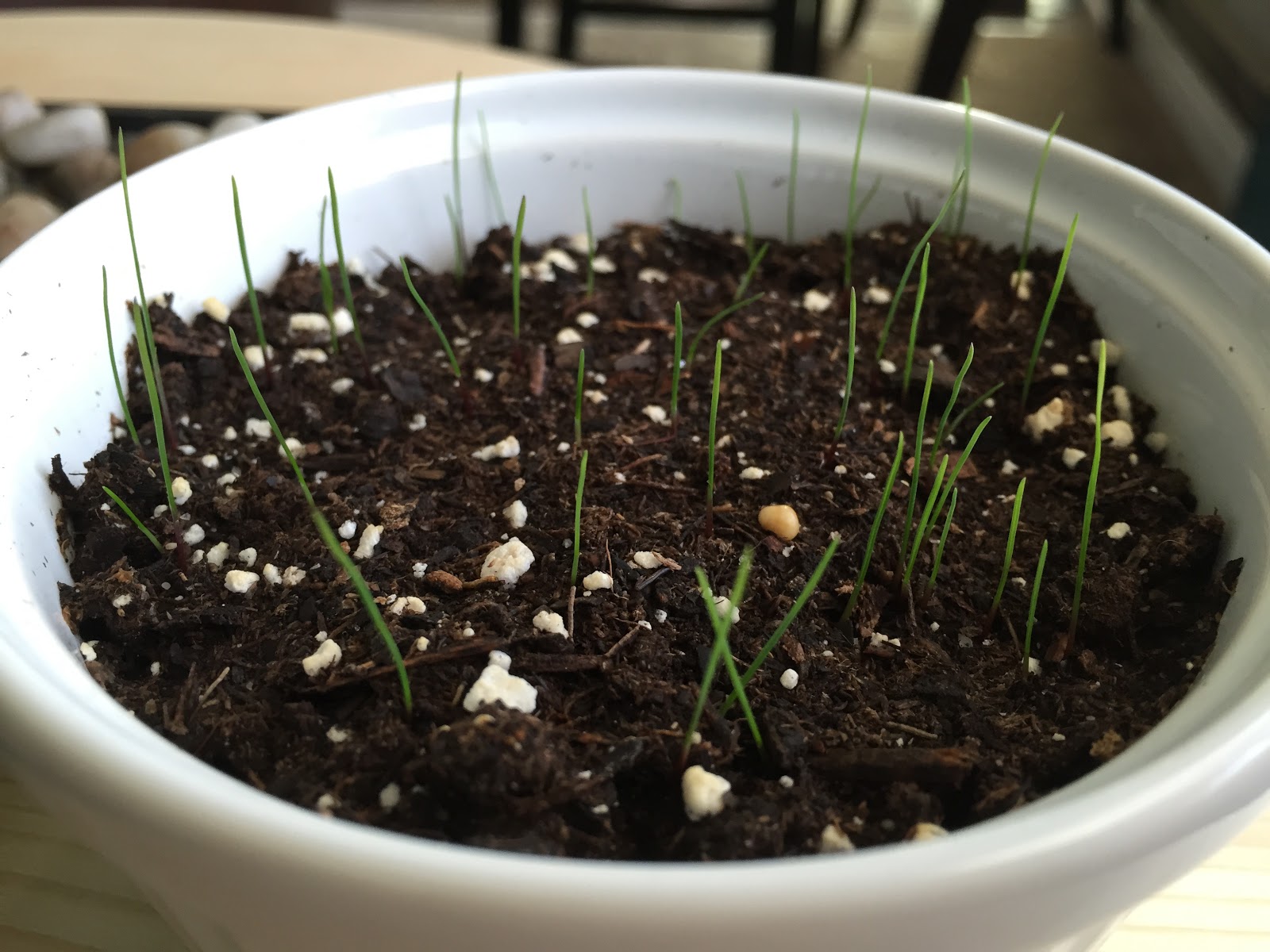
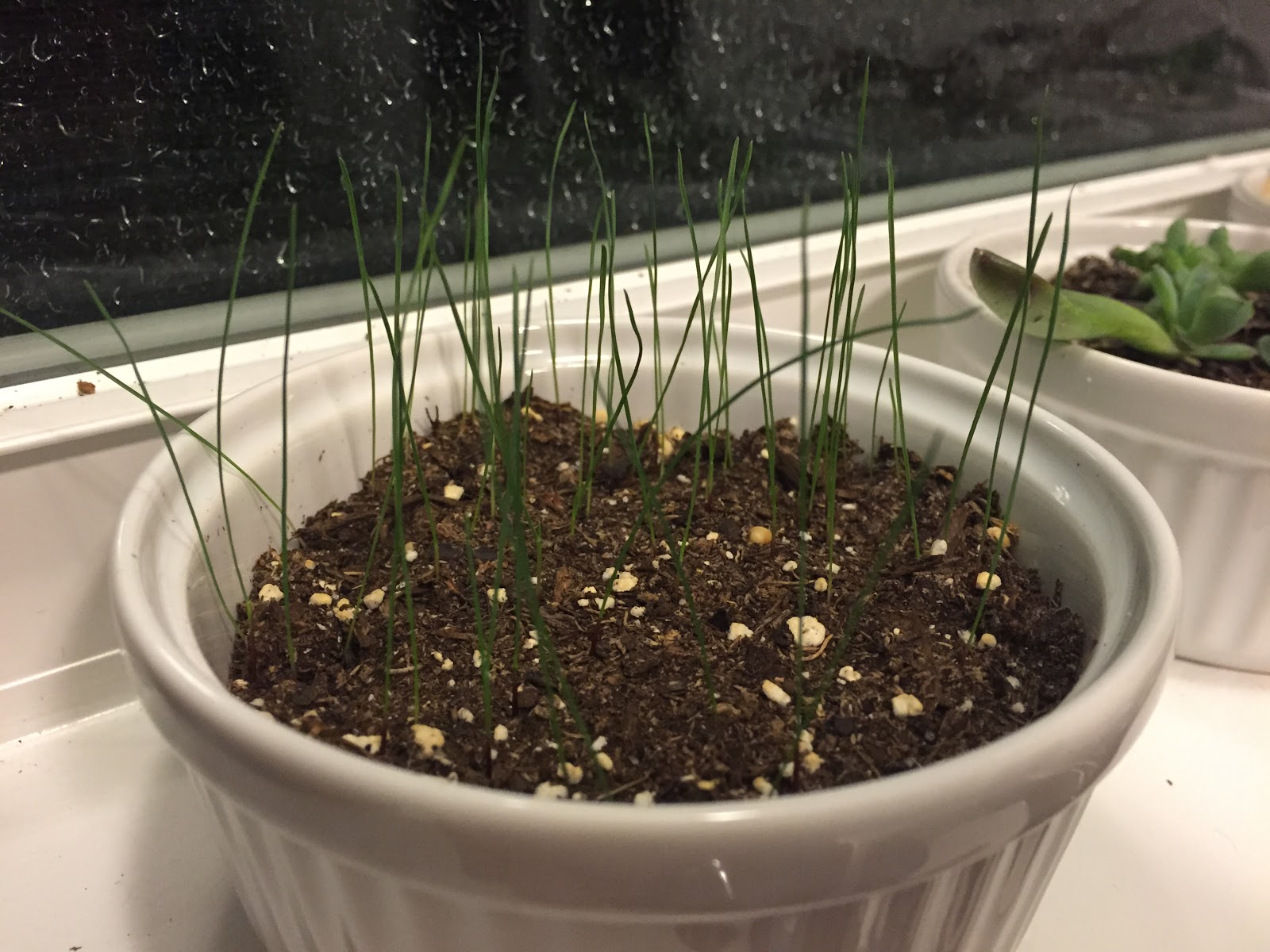
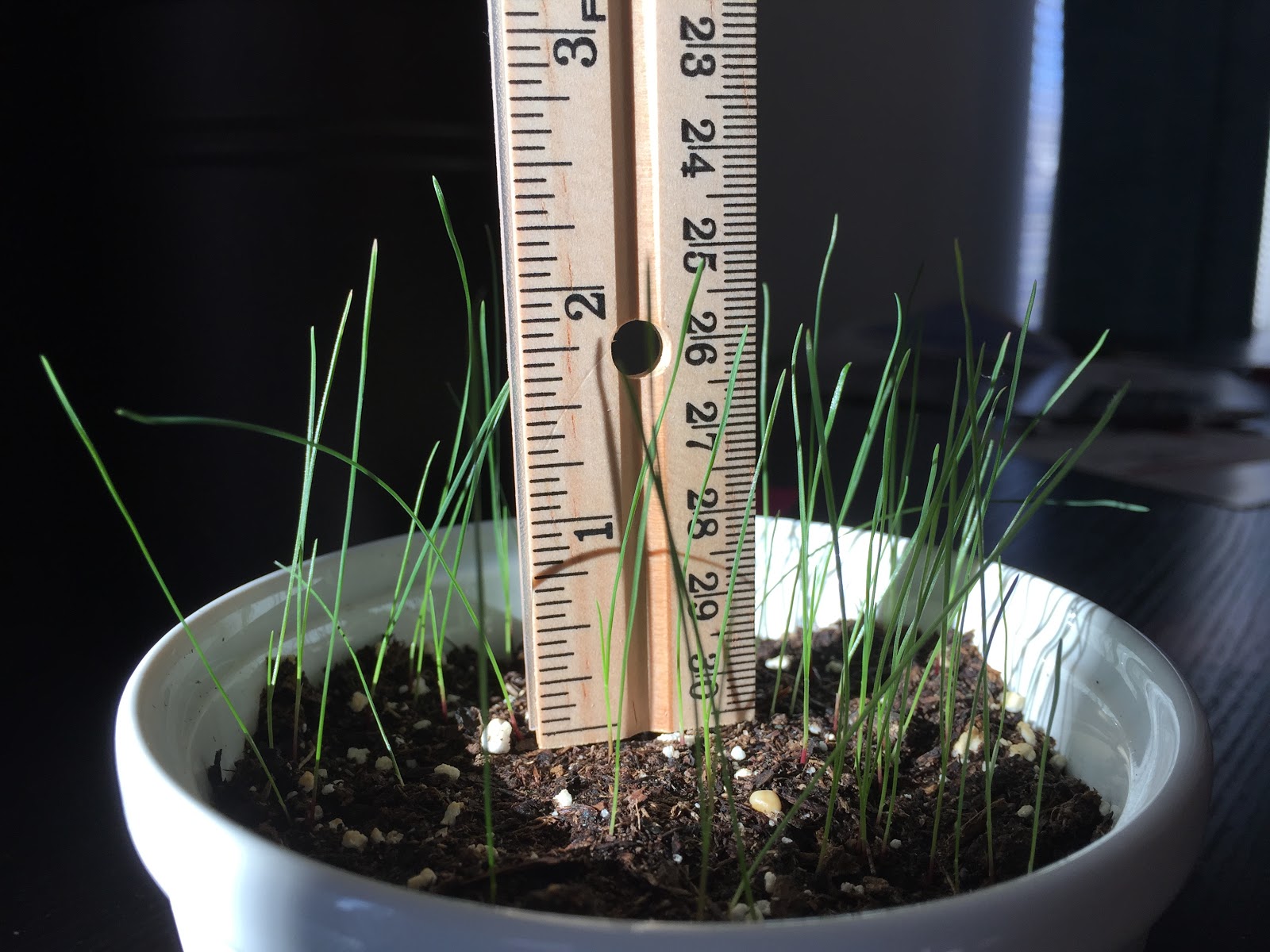

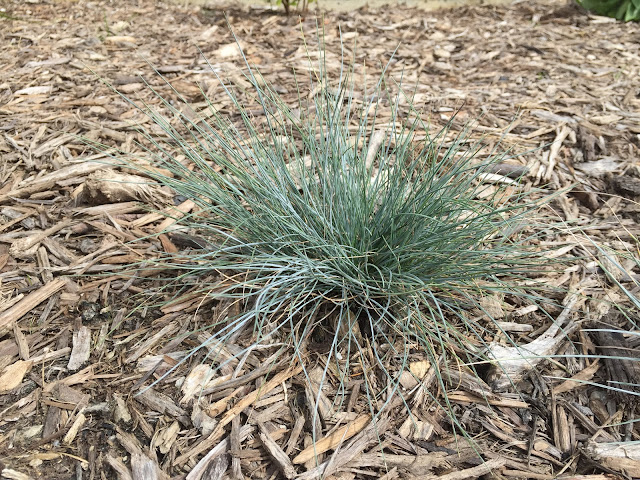
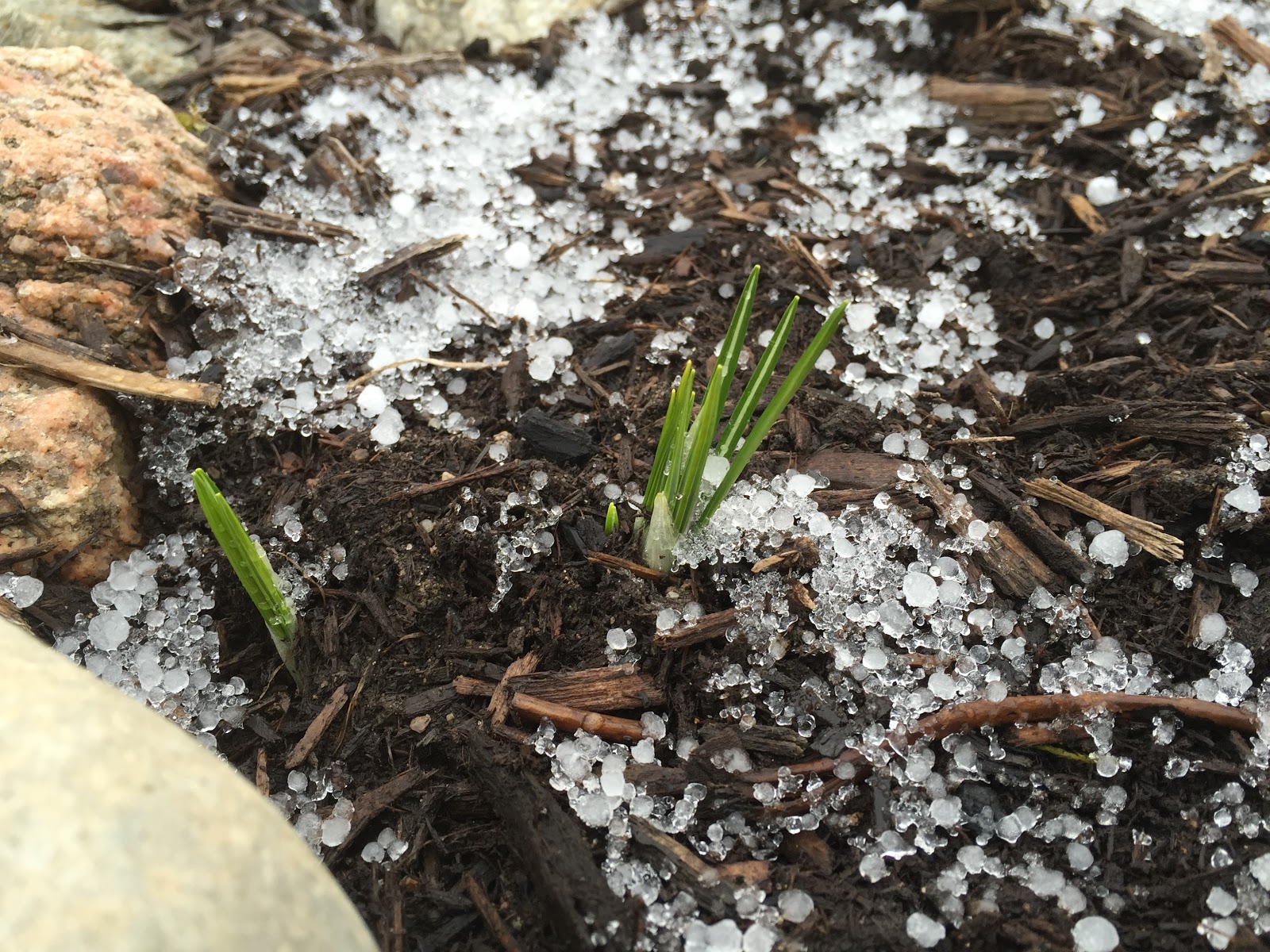

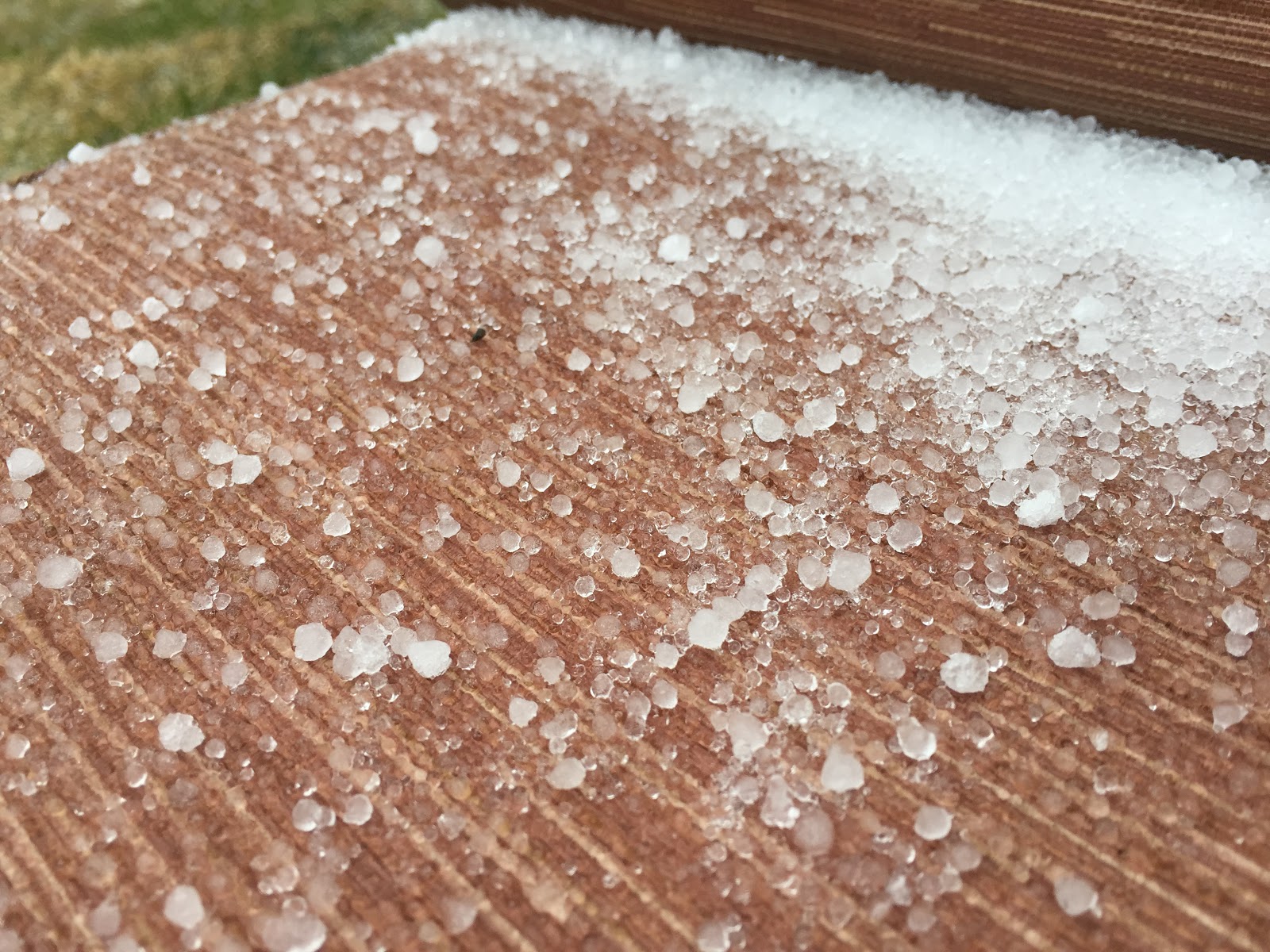








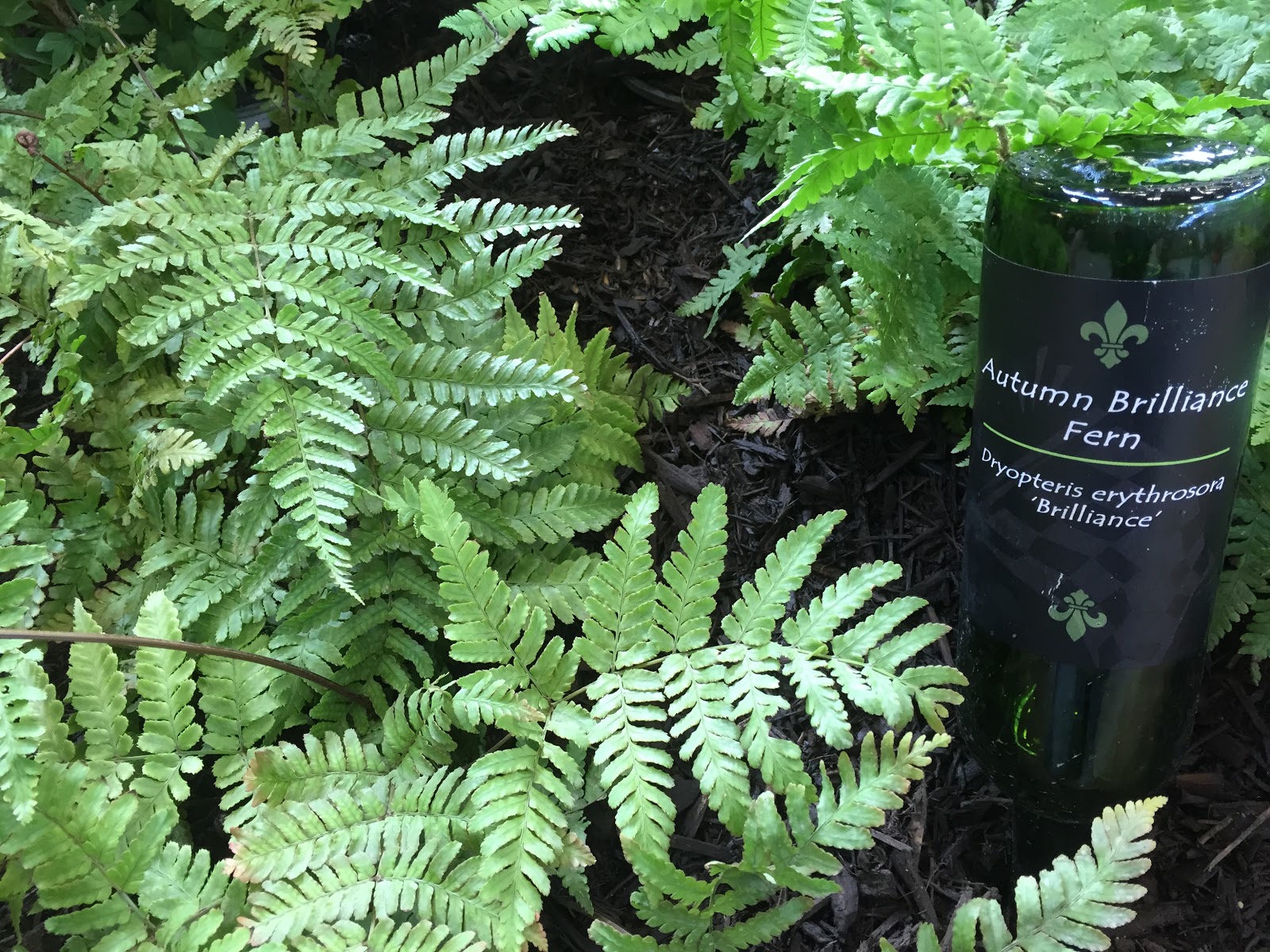


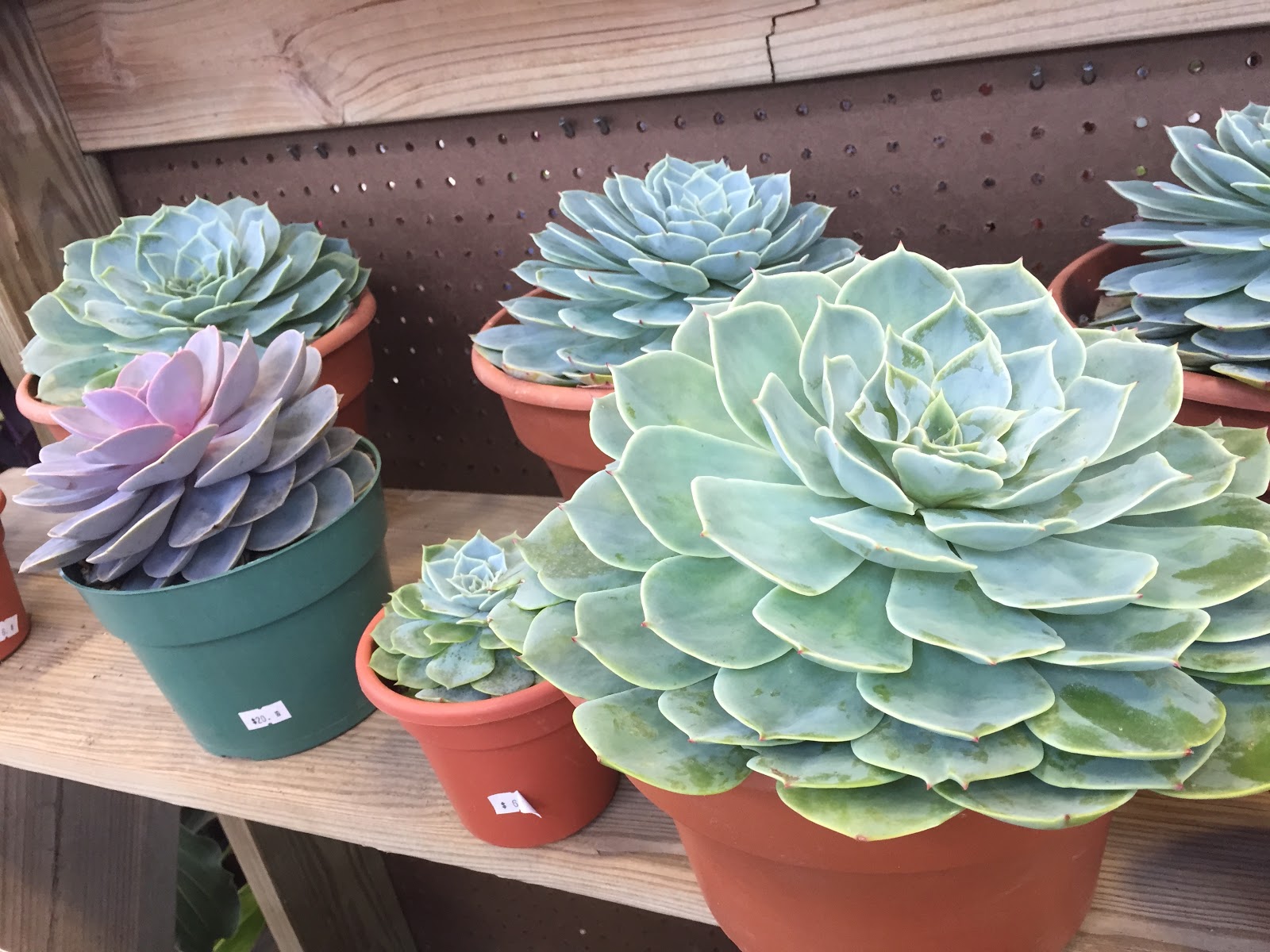




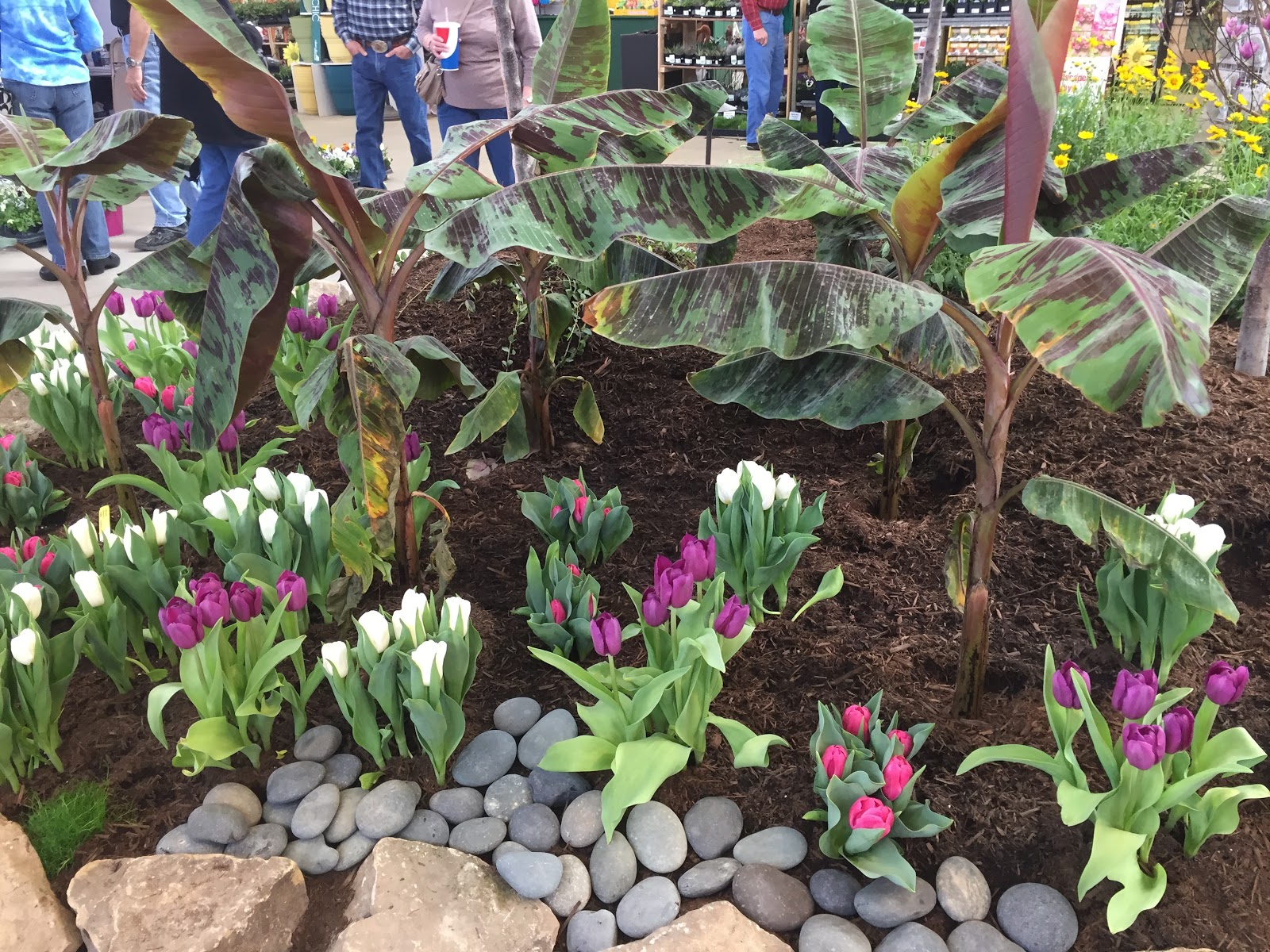
.JPG)











